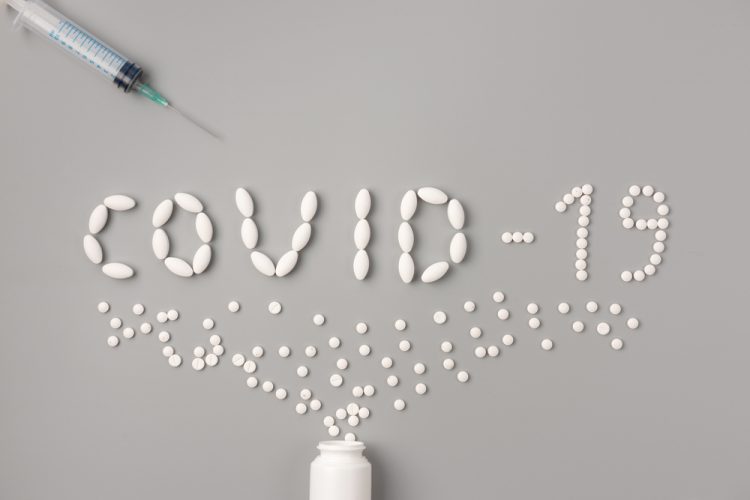Oral COVID-19 vaccine reduces transmission in animal model
Posted: 11 October 2021 | Anna Begley (Drug Target Review) | No comments yet
A new study has suggested that mucosal vaccines may reduce transmission of airborne viruses such as COVID-19 more than injectable vaccines.


A Duke University-led study showed that Vaxart’s investigational oral tablet COVID-19 vaccine reduced the airborne transmission of SARS-CoV-2 virus in an animal model. These results are consistent with those from Vaxart’s Phase II human flu challenge study, which showed that Vaxart’s oral tablet vaccine was better at reducing shedding than the injectable flu vaccine comparator.
According to Vaxart, an ongoing limitation of the currently approved injected COVID-19 vaccines is that airborne transmission occurs in people who have received them. The pre-clinical study also demonstrated that Vaxart’s oral vaccine platform induces robust systemic and mucosal responses.
Researchers vaccinated hamsters orally or intranasally with Vaxart’s S-only vaccine candidate and then exposed them to significant levels of the COVID-19 virus to promote vaccine breakthrough. Vaccinated hamsters cleared infectious virus in the nose and lungs quickly. Before clearing the infection, the vaccinated hamsters were exposed to unvaccinated hamsters via aerosol. The mucosally-vaccinated hamsters infected fewer hamsters and created less severe clinical symptoms than did unvaccinated hamsters.
Key findings from the study include:
- Oral and intranasal vaccination against S protein induced robust systemic and mucosal antibody responses
- Post-vaccination, the oral and intranasal groups had higher serum IgG and IgA, as well as higher bronchoalveolar lavage (BAL) IgA compared to control animals
- Oral and intranasal vaccination accelerated clearance of SARS-CoV-2 RNA and protected animals against disease
- Following intranasal delivery of SARS-CoV-2 and detection of substantial amounts of viral RNA in nasal swabs, vaccinated hamsters had decreased viral RNA and infectious virus in the nose and lungs and experienced less lung pathology and lost less weight compared to mock-vaccinated hamsters post challenge
- Oral and intranasal vaccination limited transmission of SARS-CoV-2 to unvaccinated animals
- Unvaccinated animals exposed to animals vaccinated orally or intra-nasally shed lower nasal swab viral RNA than animals receiving intramuscular or mock vaccinations.
“These findings show that our vaccine candidate can reduce transmission of SARS-CoV-2, even when there is infection breakthrough in vaccinated subjects,” commented Dr Sean Tucker, the study’s lead author and Chief Scientific Officer at Vaxart. “Existing injected vaccines do not always protect against viral shedding and transmission to other people. A vaccine that reduces shedding and reduces the probability of infection could make a big difference in protecting lives and public health, particularly given the large number of unvaccinated individuals. This study used the same vaccine candidate Vaxart is using in its development of an oral tablet vaccine.”
DISCOVER MORE → Intranasal COVID-19 vaccine shown to be effective in animal models
“Vaxart previously published data from a human influenza challenge study that demonstrated our oral flu vaccine candidate inhibited shedding of viral RNA better than injectable vaccines. The data reported provides further evidence that our oral vaccine could offer both an easier, more attractive mode of administration and potentially superior protection against respiratory viruses,” concluded Vaxart’s Chief Executive Officer Andrei Floroiu.
Related topics
Clinical trials, Drug Targets, Immunology, In Vivo, Molecular Targets, RNAs, Vaccine
Related conditions
Covid-19
Related organisations
Duke University, Vaxart
Related people
Andrei Floroiu, Dr Sean Tucker


